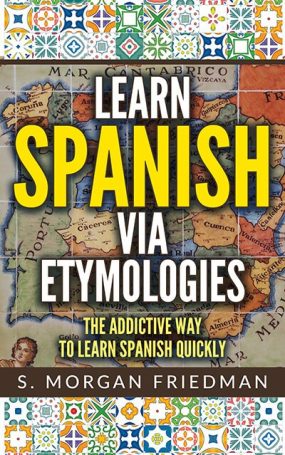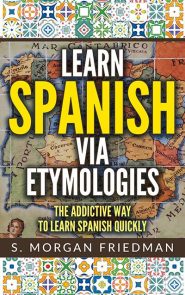Llenar — Spanish meaning “to fill” — comes from the Latin plenus, meaning “full”.
This, therefore, connects it to the English for the same, from the same root: Plenty. Not to mention, the less common English word plenary.
These words sound so different yet they’re so similar. Here’s how: Latin words that began with pl- usually turned into ll- when Latin evolved into Spanish. But as these words moved into English via French, they remained unchanged.
This explains not just llenar/plenty but explains a bunch of other words, including llama/flame.

